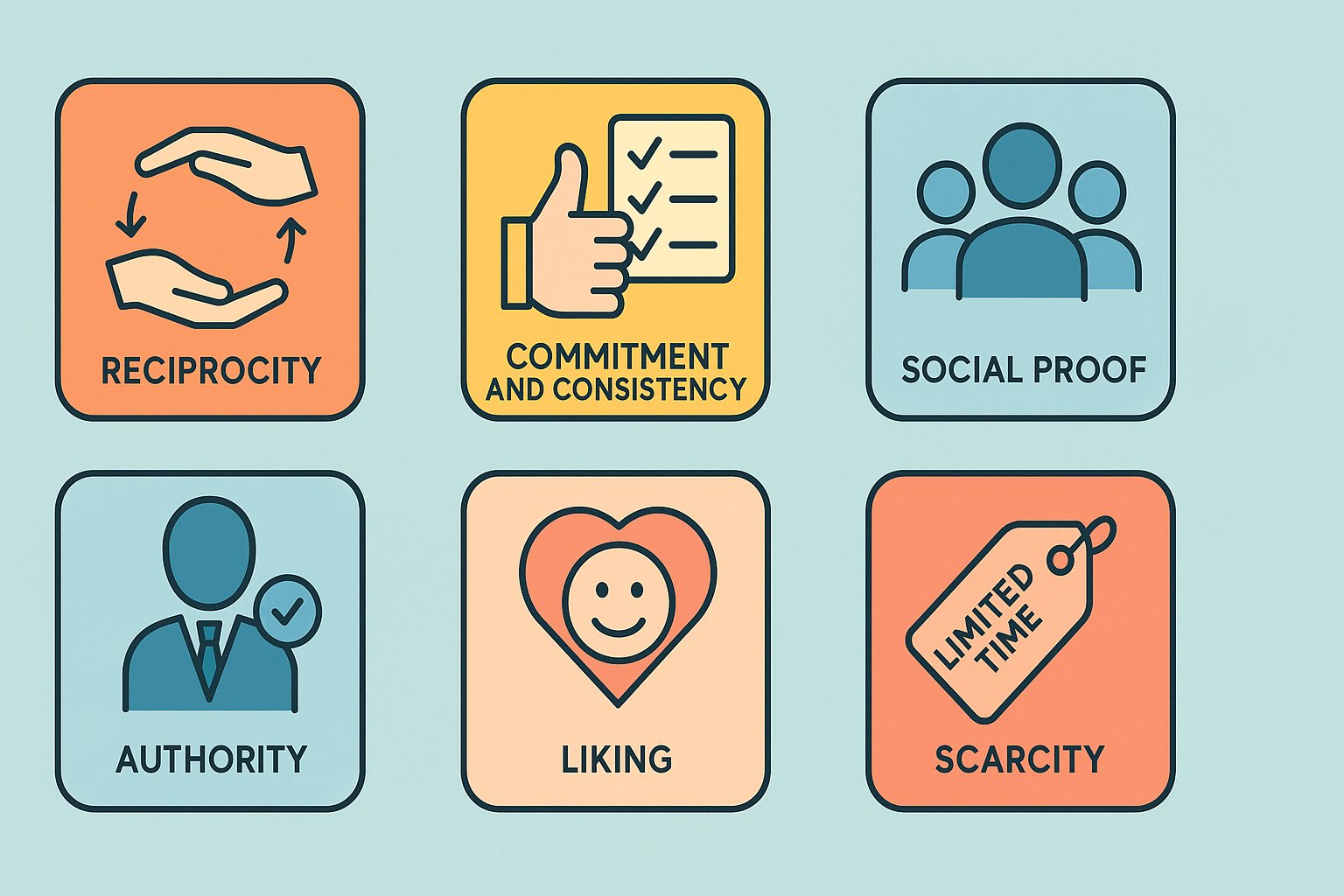Apr23

A decade ago, sustainability in supply chains was often buried under the “CSR” banner - a catch-all label for community programmes, charitable donations, and maybe a glossy annual report featuring a smiling child and a wind turbine. These initiatives weren’t inherently bad, but let’s be honest: they rarely touched the operational core of a business. Today, that’s no longer tenable.
In the latest episode of the Sustainable Supply Chain podcast, I sat down with Rhea Rakshit, VP of Product Management at Sayari, to explore how the conversation around ESG (Environmental, Social, and Governance) has evolved, and more importantly, how companies are wrestling with the practical, data-driven, regulation-heavy challenge of supply chain transparency.
This isn’t a feel-good campaign. It’s a strategic imperative. And getting it wrong has consequences that range from reputational damage to fines, stranded assets, and fractured supplier relationships. Getting it right, on the other hand, builds resilience, improves forecasting, and opens doors to new markets and partnerships.
Let’s break this down.
The explosion of legislation in recent years - the EU’s Corporate Sustainability Reporting Directive (CSRD), the Corporate Sustainability Due Diligence Directive (CSDDD), the EUDR (deforestation-free products regulation), and the U.S. Uyghur Forced Labor Prevention Act (UFLPA), has reframed ESG from a nice-to-have to a non-negotiable. Businesses must now not only know their supply chains, but prove it.
And “know” doesn’t mean having a spreadsheet of Tier 1 suppliers. It means understanding the entire upstream value chain: who’s mining the cobalt, growing the cotton, or shipping the timber, and under what conditions.
Why? Because regulators, consumers, and investors increasingly demand it. According to a 2023 study by McKinsey, over 70% of supply chain leaders cited increasing pressure from regulatory bodies as a key reason they’re prioritising ESG initiatives. Not to mention the business exposure: 61% of global supply chains pass through regions with high environmental or social risk.
One of Rhea’s most resonant points in our conversation was the difference between visibility and insight.
Visibility is table stakes. It’s the ability to map out your suppliers, sub-suppliers, and raw material sources. But without analytical depth, insight, it’s little more than a compliance exercise.
True insight means answering critical, scenario-driven questions: Are my most critical suppliers all located in high flood-risk zones? How much of my supply is vulnerable to climate disruption? Am I unwittingly sourcing from regions flagged for forced labour or linked to deforestation?
These aren’t just ESG questions. They’re operational ones. As Rhea put it, Understanding that your most critical suppliers are in a flood-prone area is a business decision, not just a sustainability concern.
Insight lets you act, not just react. It’s what separates a company that scrambles to explain a scandal from one that proactively shifts suppliers and builds redundancies before a crisis hits.
Historically, ESG lived in its own corner, maybe under a VP of Sustainability, maybe rolled into Marketing (which tells its own story). It was siloed, underfunded, and disconnected from core operational teams.
That’s changing fast.
We’re now seeing more companies stand up cross-functional “centres of excellence” around sustainability. Legal, compliance, procurement, and sustainability teams are increasingly working in lockstep. And rightly so, because risks don’t respect organisational charts.
One global manufacturer I spoke with recently had their Chief Risk Officer chairing a taskforce that included ESG leads, sourcing managers, and finance. Their goal wasn’t to “green” their brand. It was to keep factories running and avoid reputational implosions from hidden forced labour in Tier 3 suppliers.
That’s the future of sustainable supply chain leadership: not isolated ESG champions but embedded, cross-functional decision-makers driving resilience and value simultaneously.
Let’s not pretend this is easy. ESG data is messy, inconsistent, and often deeply political. Suppliers in the Global South are being asked to conform to reporting requirements built in Brussels or Washington, with little support or context. As Rhea pointed out, expecting seamless transparency from halfway across the world is both naïve and, frankly, unfair.
But we’re seeing meaningful progress. Platforms like Sayari, which use graph technology to surface hidden commercial relationships and state-owned enterprise connections, are helping companies illuminate dark corners of their supply chains. The tools exist. The challenge is implementation, and the will to act.
The good news? Many companies are embracing this challenge. Look at how Unilever has committed to full supply chain traceability for key raw materials, or how IKEA is working to phase out suppliers linked to deforestation (albeit, after several embarrassing reports linking its furniture to deforestation). It’s slow, sure. But it’s happening.
Everyone loves a dashboard. But ESG performance isn’t about how colourful your metrics are - it’s about whether they’re actionable.
Some baseline KPIs might include:
But beyond that, the most strategic question might be: “Is our supply chain becoming more future-proof?”
Are you reducing exposure to volatile regions? Are you building in flexibility? Are you choosing suppliers not just for cost, but for shared values and long-term viability?
This is the new business case for ESG. It’s not about doing less harm. It’s about building a better supply chain - one that actually works in a disrupted world.
Let’s call out the elephant in the room. ESG isn’t a single issue. It’s a knot of interrelated risks that play out across time and geography.
Forced labour and deforestation aren’t just social or environmental issues, they’re economic ones. Products linked to these practices face boycotts, border seizures, and legal action. And they’re often more vulnerable to climate impacts as well. Deforested regions erode soil health, worsen flooding, and destabilise ecosystems. That’s a triple threat: environmental, social, and operational.
Climate change, meanwhile, is no longer a future scenario. It’s a supply chain disruptor today. The 2022 floods in Pakistan, the wildfires in Canada, and droughts across southern Europe all had ripple effects on shipping, sourcing, and delivery.
ESG is, at its core, a resilience strategy. Read that again.
Identifying risk is step one. Acting on it is what counts.
Too many companies stop short at mapping their suppliers and reporting a few stats. What we need is structured remediation: clear protocols for engaging suppliers, setting expectations, supporting improvement, and ultimately deciding whether to continue the relationship.
As Rhea noted, this is where the software space is evolving - enabling not just risk identification, but end-to-end tracking, engagement, and improvement.
It’s not about policing suppliers. It’s about partnership. If a supplier in Southeast Asia lacks reporting tools or documentation, what support can you offer? If they’re linked to deforestation, are there transition pathways?
This is where ESG stops being an audit and starts becoming a transformation.
We’re now seeing leading companies treat ESG not as a constraint, but as a differentiator. Brands that can prove sustainable sourcing, ethical labour practices, and climate-smart logistics will win over customers, investors, employees, and increasingly, regulators.
Supply chain transparency tools are becoming table stakes, and the companies that embed ESG into core operations will be the ones that thrive as disruptions mount.
Because make no mistake, this isn’t just about compliance. It’s about survival. It’s about building supply chains that are smarter, cleaner, and more adaptive to the world we actually live in.
If this topic struck a chord with you, and it should, I’d encourage you to listen to my full conversation with Rhea Rakshit on this episode of the Sustainable Supply Chain podcast.
We talk about the role of design in ESG strategy, the tension between buyers and suppliers, and what it really takes to move from buzzwords to impact.
Trust me, it’s well worth your time. And if you enjoy it, follow the podcast in your podcast app of choice to be sure to catch future similar critical conversations.
This article was first published on TomRaftery.com. Photo credit International Labour Organisation on Flickr
By Tom Raftery
Keywords: CSR, Supply Chain, Sustainability
 From Forced Labour to Flood Zones: What You Don’t Know About Your Suppliers Can Hurt You
From Forced Labour to Flood Zones: What You Don’t Know About Your Suppliers Can Hurt You Title: Why Change Fails - and What to Do About It?
Title: Why Change Fails - and What to Do About It? Cialdini’s Principles of Persuasion in Customer Loyalty Programs
Cialdini’s Principles of Persuasion in Customer Loyalty Programs Beyond the Framework: The Real Architecture of Ethical AI Governance
Beyond the Framework: The Real Architecture of Ethical AI Governance The Four Tests Every Strategy Should Pass
The Four Tests Every Strategy Should Pass